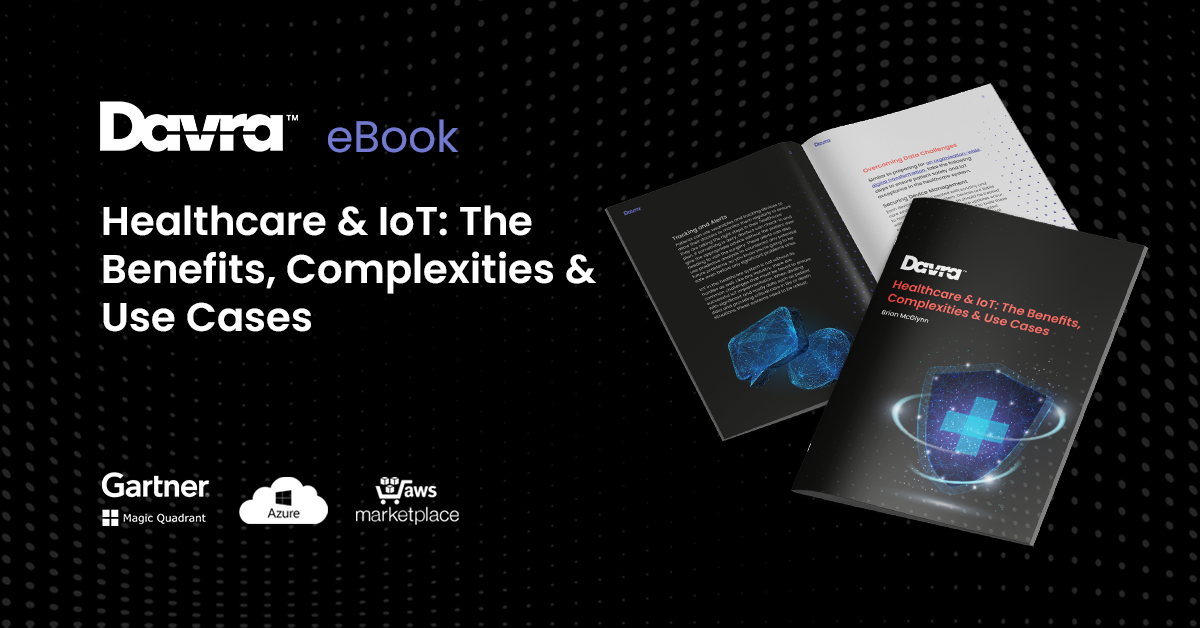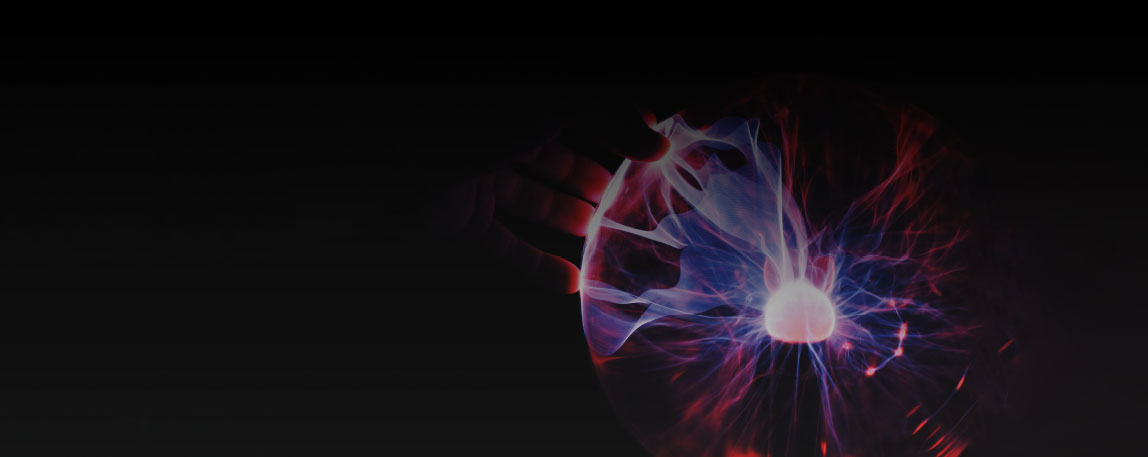We are delighted to have Alicia here sharing her knowledge, you will be able to understand a bit more about the Internet of Things with a very senior businesswoman,
First, you could start talking a little bit more about yourself, your background and Libelium.
 Libelium designs and manufactures hardware and APIs for wireless sensor networks so that system integrators, engineering, and consultancy companies can deliver reliable Internet of Things IoT, M2M and Smart Cities solutions with minimum time to market. Waspmote — Libelium’s open wireless sensor platform — is modular, easy to deploy and ready to integrate with third-party Cloud systems such as the Davra IoT platform. Over 2,000 developers from 75 countries in companies ranging from startups to universities to large international corporations have adopted Libelium’s technology for projects in North America, Australia, Asia and Europe. Commercial deployments based on Waspmote include applications as varied as parking, traffic congestion, environmental monitoring, and precision agriculture. Libelium is privately held and has headquarters in Zaragoza, Spain.
Libelium designs and manufactures hardware and APIs for wireless sensor networks so that system integrators, engineering, and consultancy companies can deliver reliable Internet of Things IoT, M2M and Smart Cities solutions with minimum time to market. Waspmote — Libelium’s open wireless sensor platform — is modular, easy to deploy and ready to integrate with third-party Cloud systems such as the Davra IoT platform. Over 2,000 developers from 75 countries in companies ranging from startups to universities to large international corporations have adopted Libelium’s technology for projects in North America, Australia, Asia and Europe. Commercial deployments based on Waspmote include applications as varied as parking, traffic congestion, environmental monitoring, and precision agriculture. Libelium is privately held and has headquarters in Zaragoza, Spain.
We started Libelium in 2006 with my co-founder David Gascón, (CTO). Although the IoT was not well known, we saw an opportunity for wireless sensor networks. We recognized that M2M and the IoT would need an open-source hardware platform to enable the market – and it had to be horizontal and modular. Over the years we have kept that focus and now we have a universal platform that enables the Internet of Things.
We are connecting the world today, managing the data, changing millions of people’s lives all over the world. What is the next big IoT demand and what are the emerging markets for IoT?
 The verticals that stand out in the near term are Smart Agriculture, or precision agriculture and Smart Cities – they seem to have the most traction and are dynamic. When the business case is clear, the projects can progress quite rapidly. Funding and financing of these two verticals can be quite different, however. Agriculture is privately funded, while municipalities are working with public money; but in both cases, the ROI has to be clear. Retail is also another vertical with traction in the near term.
The verticals that stand out in the near term are Smart Agriculture, or precision agriculture and Smart Cities – they seem to have the most traction and are dynamic. When the business case is clear, the projects can progress quite rapidly. Funding and financing of these two verticals can be quite different, however. Agriculture is privately funded, while municipalities are working with public money; but in both cases, the ROI has to be clear. Retail is also another vertical with traction in the near term.
The IoT market is still very fragmented today. From our view, we see revenue coming from many different verticals, with lots of interest from many, but still, no clear-cut industry leading the way.
Challenges include funding and finance; also privacy, security and data liability. These are important issues, and so is the question of interoperability and standards. If the IoT is a new connectivity channel, there will be many new opportunities for partnerships with companies that can bring new services to network customers, as in the case of telcos and mobile network operators. At the moment, the market is noisy and overhyped in a sense, with the Consumer IoT wave overlapping the Industrial IoT.
And, in the case of Smart Cities, citizens must have their say, and they will want transparency.
What are the issues you face in smart city service realization: Governance, Integration, technology, data management, citizen engagement, etc. How our cities will benefit from the Internet of Things?
 Our world is increasingly urban, and there are so many ways to apply the Internet of Things technology in our cities. Smart Parking, environmental monitoring, noise and pollution control, water quality, public transportation, infrastructure management, fire detection: these are some city deployments in place. Some cities already share the data they generate in order to stimulate problem-solving. New York City has its NY Big Apps project, an annual competition to develop new applications using the Open Data database, one that challenges organizations to add their data as well. The aim is to improve the lives of citizens in the Big Apple and to promote innovation and economic development. Similar projects exist in the city of Zaragoza and with the European Open Cities App Challenge open to individuals and companies to find new ways to solve urban problems.
Our world is increasingly urban, and there are so many ways to apply the Internet of Things technology in our cities. Smart Parking, environmental monitoring, noise and pollution control, water quality, public transportation, infrastructure management, fire detection: these are some city deployments in place. Some cities already share the data they generate in order to stimulate problem-solving. New York City has its NY Big Apps project, an annual competition to develop new applications using the Open Data database, one that challenges organizations to add their data as well. The aim is to improve the lives of citizens in the Big Apple and to promote innovation and economic development. Similar projects exist in the city of Zaragoza and with the European Open Cities App Challenge open to individuals and companies to find new ways to solve urban problems.
What does the internet of things really means in terms of bringing real value for companies and people? How do you understand the evolution from M2M to IoT? Different processes, protocols, etc.
 The IoT will bring a vast range of sensor and data-related projects to light, generating a lot of data, and a need for context. In our business, we are IoT enablers and we provide a modular, horizontal and open wireless sensor hardware platform that sends any sensor data, using any communication protocol to any information system. In other words, our Waspmote sensor device can be used for detecting free parking spots, to enhance wine quality, measure pollution levels and air quality, create noise maps, save water in irrigation, and more. Keeping the horizontal approach means resigning from direct access to the end-user market in favor of working very closely with expert partners in each area or vertical. Thanks to this approach, we now sell our products in 75 countries worldwide.
The IoT will bring a vast range of sensor and data-related projects to light, generating a lot of data, and a need for context. In our business, we are IoT enablers and we provide a modular, horizontal and open wireless sensor hardware platform that sends any sensor data, using any communication protocol to any information system. In other words, our Waspmote sensor device can be used for detecting free parking spots, to enhance wine quality, measure pollution levels and air quality, create noise maps, save water in irrigation, and more. Keeping the horizontal approach means resigning from direct access to the end-user market in favor of working very closely with expert partners in each area or vertical. Thanks to this approach, we now sell our products in 75 countries worldwide.
We are reinventing connectivity to support the internet of things, what are our biggest challenges?
 Security and privacy are the number one concern in public institutions. As the Internet of Things is built out and gains ground, we will surely find new ways to implement security procedures.
Security and privacy are the number one concern in public institutions. As the Internet of Things is built out and gains ground, we will surely find new ways to implement security procedures.
On the other hand, Smart Cities demand long-range and low power connectivity solutions to reduce the number of nodes. As a result, we see new technologies in the market that still need to be tested and increase the number of different standards the IoT will need to face: one more time, interoperability is going to be a big issue.
Finally, How do you see IoT affecting consumers on a day to day basis – today, in 5 and 10 years?
 First of all, I want to make a difference between the Consumer IoT wave and the Industrial. Due to the fast adoption and evolution of the technologies these two waves are overlapping in the time, when the usual thing is that tech does not reach the consumer market before being consolidated in the industrial one. This shows the big interest and potential of the IoT but at the same time, keeps the early majority concerned with the constant word “new.”
First of all, I want to make a difference between the Consumer IoT wave and the Industrial. Due to the fast adoption and evolution of the technologies these two waves are overlapping in the time, when the usual thing is that tech does not reach the consumer market before being consolidated in the industrial one. This shows the big interest and potential of the IoT but at the same time, keeps the early majority concerned with the constant word “new.”
Today, the consumer market is moving from geekiness to the concept of “nice to have,” I am talking about all those connected fridges, eggs and other stuff that right now are more a proof of concept rather than a real problem solved. In five years I envision the consolidation of wearables, like sport wristwatches, and intelligent thermostats that will help us cut our electricity bills. The big picture in 10 years will be seen in two scenarios: domotics applied to help seniors living on their own, and smart cities. When we have enough sensor infrastructure in our cities, we will be able to really interact with all the services, for example, adjusting our clock alarm to real-time traffic.

